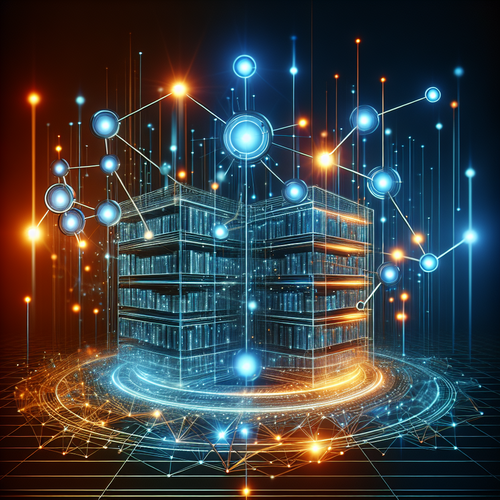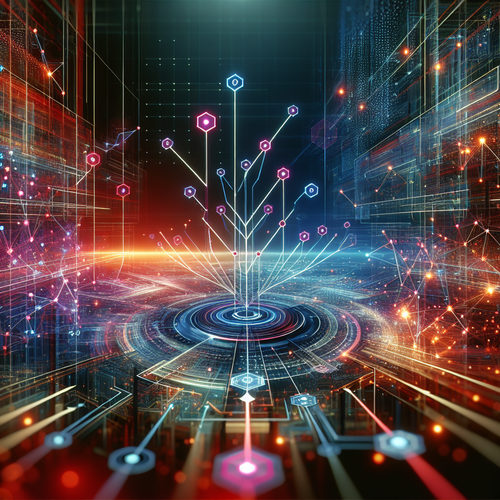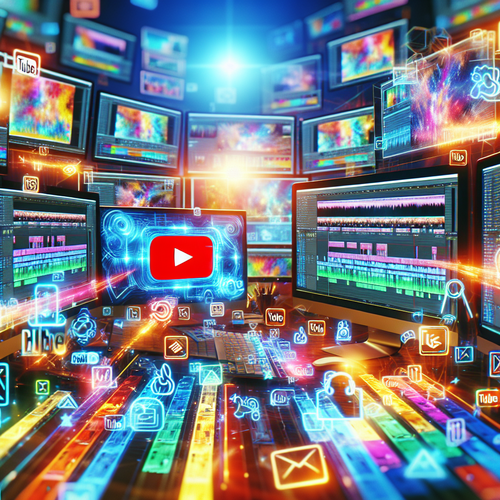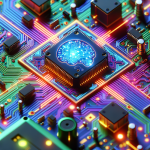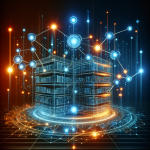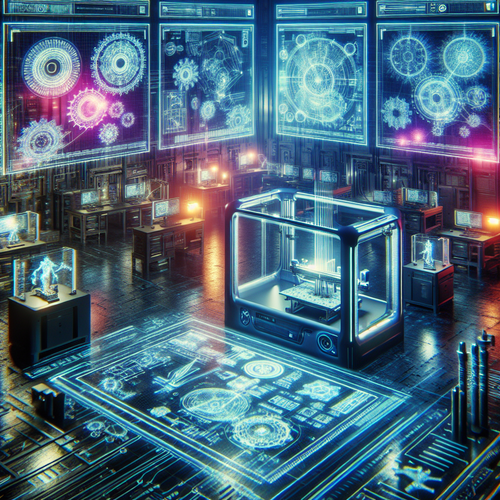
Top 5 3D Printing Technologies to Watch in 2025
Top 5 3D Printing Technologies to Watch in 2025
3D printing continues to transform industries by offering unprecedented flexibility, customization, and cost-effective production. In 2025, several advanced 3D printing technologies will lead the wave of innovation, impacting manufacturing, healthcare, aerospace, and more. This tutorial explores the top 5 technologies to understand their workings, benefits, and how you can start using them.
Prerequisites
- Basic understanding of 3D printing concepts and terminology
- Access to 3D modeling software or designs
- Familiarity with the materials used in 3D printing (plastics, metals, resins, etc.)
- Interest in rapid prototyping and manufacturing technologies
Top 5 3D Printing Technologies in 2025
1. Fused Deposition Modeling (FDM) with Advanced Materials
FDM remains popular due to its affordability and versatility. In 2025, expect highly advanced FDM printers supporting composite filaments with enhanced strength, flexibility, and heat resistance. This makes FDM suitable for functional parts and small-batch manufacturing.
- How it works: Thermoplastic filament is melted and extruded layer by layer to create parts.
- Benefits: Low cost, many material options, easy to use.
- Applications: Prototyping, educational models, household items, automotive components.
2. Stereolithography (SLA) with High-Speed Resin Printing
Next-generation SLA printers use faster light source technologies and advanced resins for high-detail, smooth finish parts produced rapidly. These printers excel in dental, jewelry, and medical device manufacturing.
- How it works: UV laser or projector cures liquid resin layer by layer.
- Benefits: Extremely high resolution, smooth surface finish, biocompatible resins.
- Applications: Precise prototypes, custom implants, molds.
3. Selective Laser Sintering (SLS) with Multi-Material Capabilities
SLS technology in 2025 supports printing with different materials simultaneously, including thermoplastics and elastomers. The laser sinters powdered material layer by layer, creating durable, functional parts without support structures.
- How it works: Laser fuses powdered particles selectively based on the 3D design.
- Benefits: Strong, complex parts; no need for supports; multi-material blending.
- Applications: Functional prototypes, low-volume production, custom tooling.
4. Digital Light Processing (DLP) with Large-Format Printers
DLP uses digital projectors to cure resin and in 2025, advances will allow larger build volumes with consistent high quality. This technology is perfect for industries requiring accuracy and production scalability.
- How it works: A digital light source cures resin one entire layer at a time.
- Benefits: Fast printing, good resolution, large parts production.
- Applications: Prosthetics, dental appliances, intricate engineering parts.
5. Binder Jetting for Metal and Full-Color Printing
Binder Jetting technology continues to mature, enabling cost-effective metal part production and vibrant full-color prototypes. Powder material is selectively bonded by a liquid binder, then sintered or cured.
- How it works: Binder deposits on powder bed to join particles layer by layer.
- Benefits: Faster than other metal 3D printing, suitable for complex geometries.
- Applications: Lightweight aerospace parts, architectural models, customized products.
How to Choose the Right Technology
Consider your project needs in terms of:
- Material requirements (plastic, metal, resin, composites)
- Detail and surface finish needed
- Part functionality and mechanical properties
- Volume and cost constraints
- Build size limitations
Often, prototyping involves starting with affordable FDM, then moving to SLA or SLS for functional testing.
Getting Started: Step-by-Step Guide
- Identify your project requirements: Define the function and look of your part.
- Select a suitable printer type: Match technology to requirements discussed.
- Create or obtain a 3D model: Use CAD software or download ready models.
- Prepare your model: Use slicing software to set printing parameters.
- Print a test piece: Validate settings and material choice.
- Finalize print: After adjustments, print final version.
- Post-processing: Clean, cure, or finish the part as needed.
Troubleshooting Tips
- Warping or cracking: Check bed adhesion and control temperature settings.
- Print layer separation: Adjust layer bonding parameters or material quality.
- Surface imperfections: Improve print resolution or post-process surface.
- Material jams or clogs (FDM): Clean printer nozzle regularly.
- Resin curing issues (SLA/DLP): Verify resin compatibility and curing light intensity.
Summary Checklist
- Understand different 3D printing technologies and their strengths.
- Match printer type with your project’s material, size, and quality needs.
- Use suitable 3D modeling and slicing tools for print preparation.
- Perform test prints to refine settings and avoid waste.
- Follow post-processing best practices for finished part quality.
- Refer to troubleshooting tips to solve common print problems.
- Explore more detailed tutorials like How to Install ArangoDB: A Step-by-Step Guide for mastering complex technical workflows.
With the rapid advancement in 3D printing technologies, embracing these innovations will empower creators, engineers, and manufacturers to push the boundaries of design and production in 2025 and beyond.








